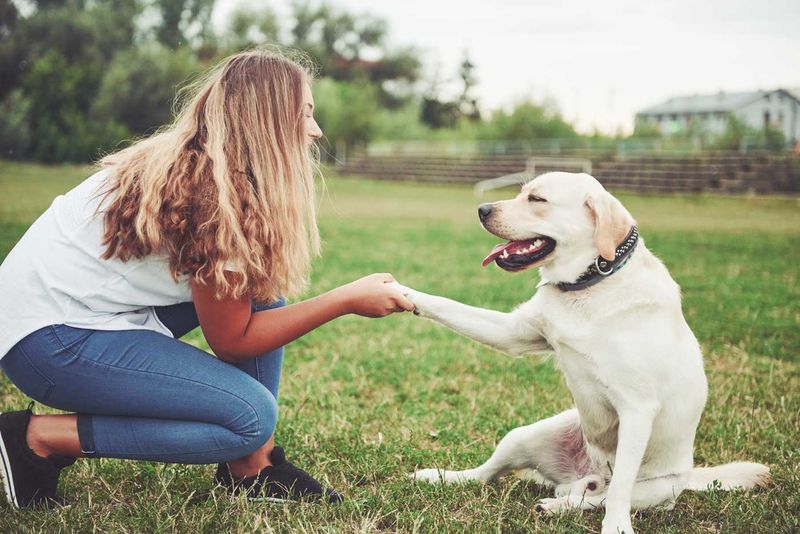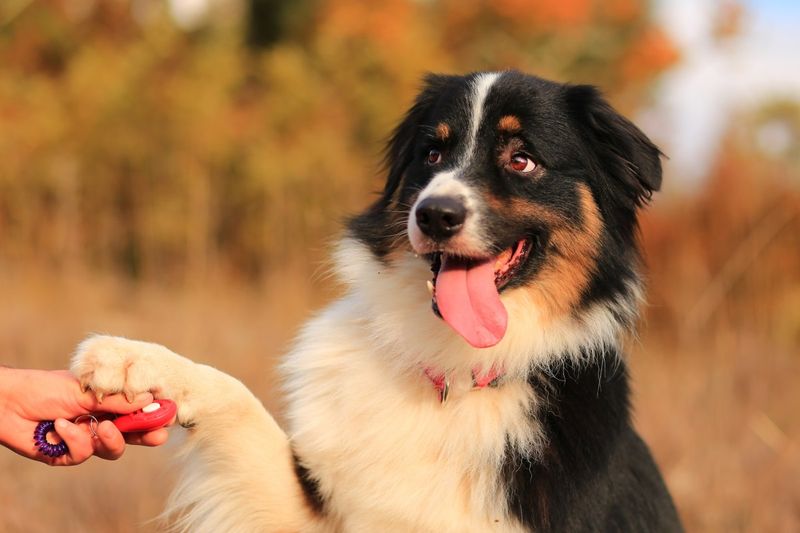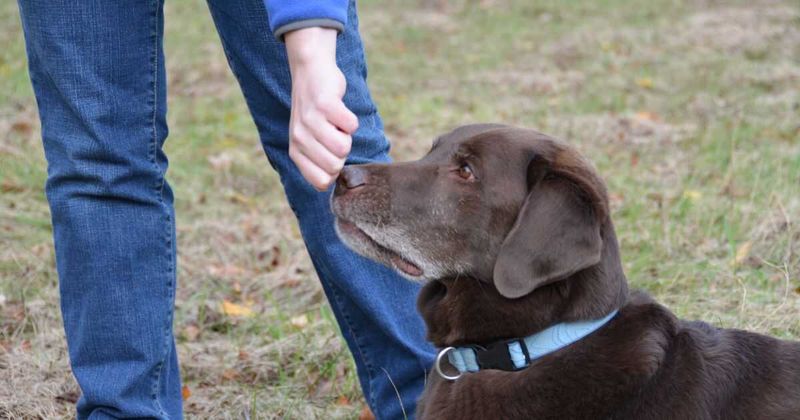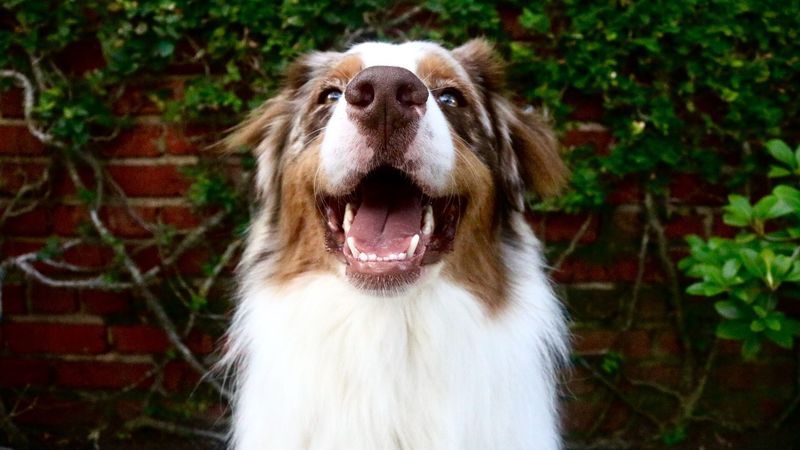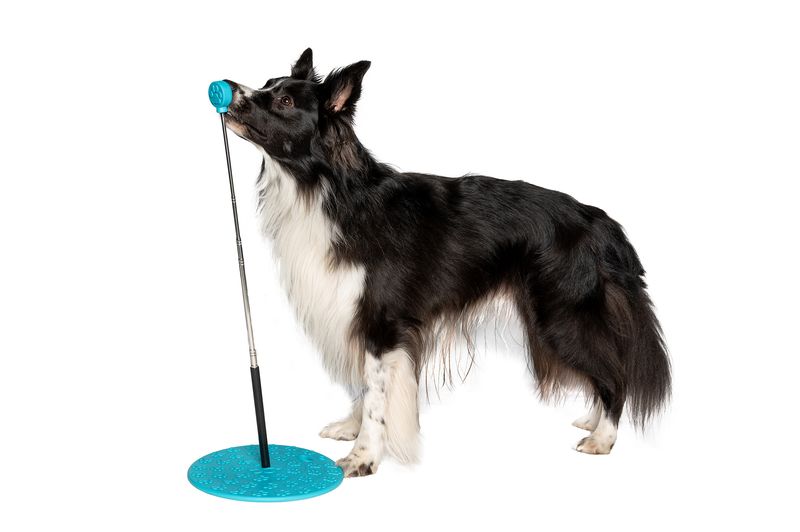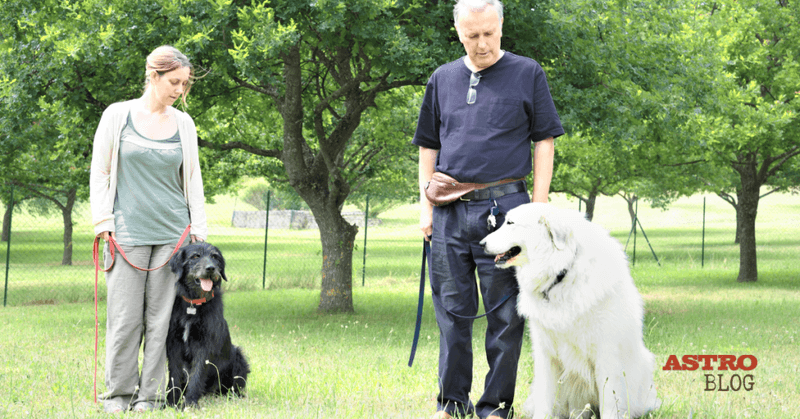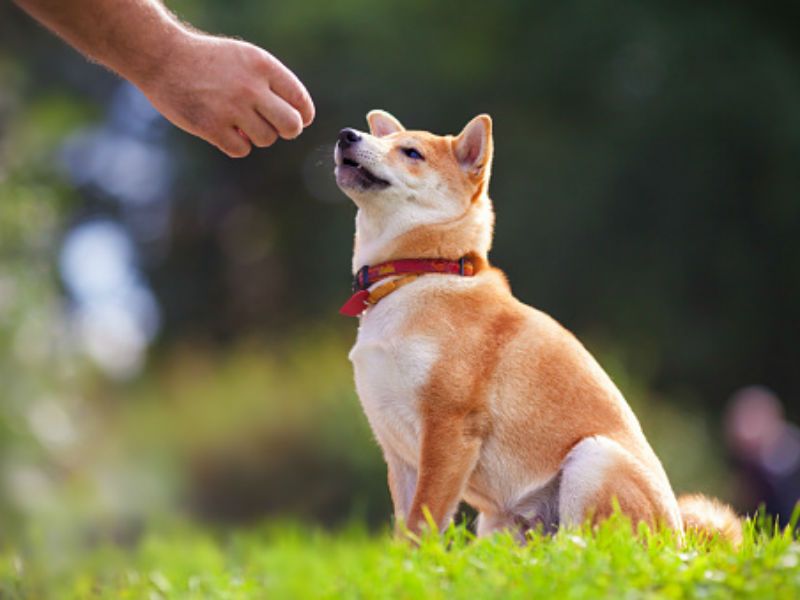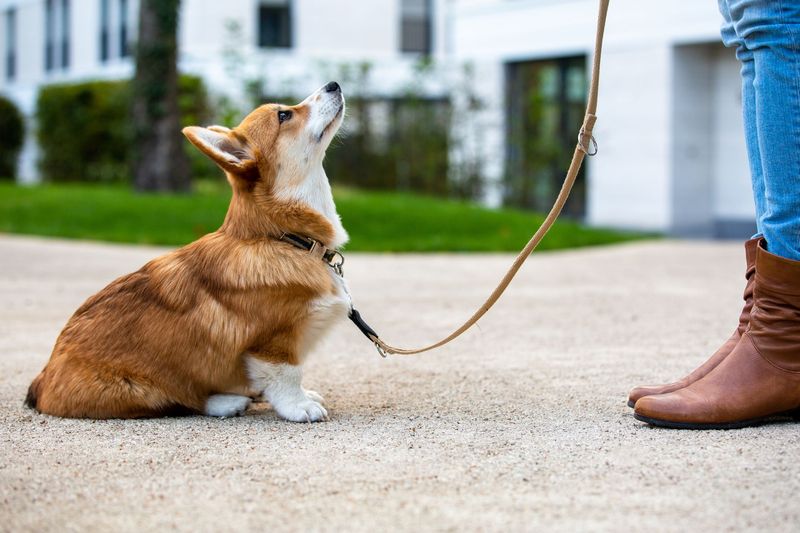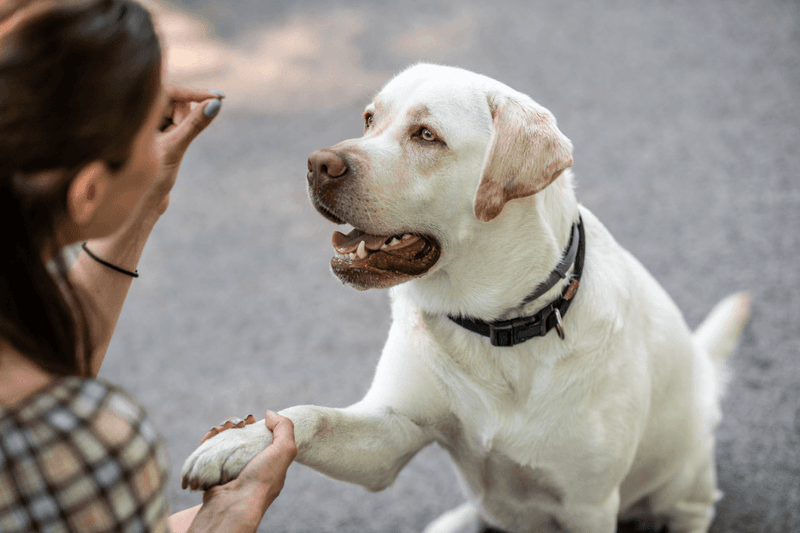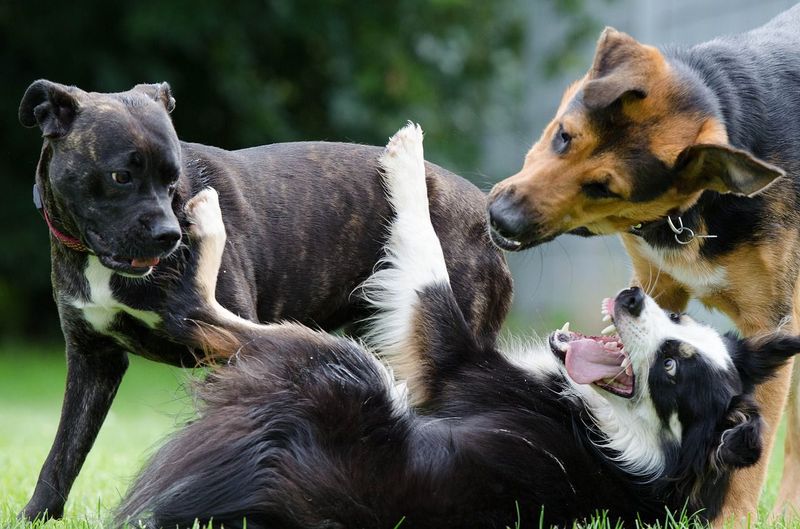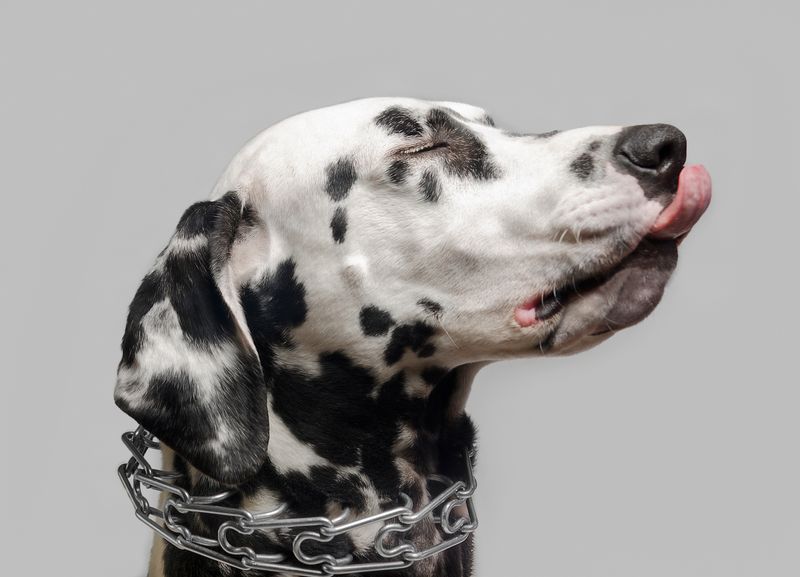Training is an essential part of a dog’s life, shaping behavior and strengthening the bond between pet and owner. While many methods are supportive and nurturing, others can be detrimental if not approached with caution. Here’s a comprehensive exploration of ten methods that prioritize kindness and five that should be avoided.
Positive Reinforcement
Positive reinforcement is a method where a dog is rewarded for exhibiting desired behavior. Treats, praise, or playtime can serve as rewards, making this approach both effective and enjoyable for the dog.
Unlike punishment-based methods, positive reinforcement builds trust and strengthens the bond between dog and owner. It encourages creativity and patience, allowing the dog to learn at its own pace.
Many trainers advocate for this method due to its gentle approach, promoting a love for learning without fear. It’s a win-win situation where both the dog and owner enjoy the training process.
Clicker Training
Clicker training utilizes a small device that makes a clicking sound to mark a desired behavior, followed by a reward. This method is precise and clear for both the dog and handler.
The click reinforces the behavior instantly, making it easier for the dog to understand what is expected. It promotes a focused and attentive learning environment.
With consistency, clicker training can lead to quick results without stress. This method is versatile and can be applied to various commands and tricks, making it a favorite among dog trainers.
Lure and Reward
Lure and reward is a straightforward training approach where a dog is guided or lured with a treat to perform a specific action. Once the action is completed, the dog is rewarded with the treat.
This method is especially effective for teaching basic commands like sit, down, or stay. It engages the dog’s natural instincts and curiosity.
Lure and reward fosters a joyful learning experience, as the dog is both mentally stimulated and physically active. It’s an excellent choice for puppies and dogs new to training, providing clear and encouraging guidance.
Shaping Behavior
Shaping is a method where complex behaviors are broken down into smaller, manageable steps. Each step is reinforced, gradually leading to the desired behavior.
This approach requires patience and precision but yields highly trained dogs capable of performing complex tasks. It’s often used in advanced training scenarios.
Shaping allows for creativity and adaptability, fostering a deep understanding between dog and trainer. By rewarding incremental progress, the dog remains motivated and engaged without experiencing frustration or confusion.
Target Training
Target training involves teaching a dog to touch a specific object with its nose or paw. This method can be used to direct the dog to specific locations or actions.
The target object acts as a guide, making it easier for the dog to understand commands and reduce misunderstanding. It’s a versatile technique, useful for obedience and agility training.
This method encourages precision and control, building confidence in the dog. Target training is enjoyable and can be tailored to suit individual learning styles, promoting a sense of accomplishment.
Model-Rival Training
Model-rival training involves using another dog or person as a model to demonstrate desired behavior. The dog learns by observation, competing for attention and rewards.
This method taps into a dog’s social nature, motivating it to mimic the model’s actions. It’s an engaging way to teach new behaviors or refine existing skills.
The competitive element adds excitement to training, making it both fun and challenging. Model-rival training offers a dynamic learning experience, enhancing communication and understanding between dogs and their trainers.
Capture Training
Capture training involves waiting for a dog to naturally perform a desired behavior and then rewarding it. This method captures spontaneous actions, turning them into trained behaviors.
The key to success is timing and consistency, as capturing the behavior at the right moment is crucial. It promotes attentiveness in both the dog and handler.
Capture training is ideal for teaching tricks or behaviors unique to each dog. It celebrates the individuality of dogs, making training a personalized experience filled with discovery and joy.
Counter-Conditioning
Counter-conditioning focuses on changing a dog’s emotional response to a stimulus. It involves pairing the stimulus with something positive, like treats or play.
This method is particularly useful for addressing fears or anxieties, promoting a sense of safety and trust. It requires patience but can lead to lasting behavioral changes.
By associating positive experiences with previously distressing situations, counter-conditioning helps dogs overcome fears without force. It’s a compassionate approach that prioritizes the dog’s well-being and comfort.
Desensitization
Desensitization is a gradual process of exposing a dog to a specific stimulus at a low intensity. Over time, the dog’s reaction decreases, leading to reduced anxiety or fear.
This method requires careful planning and patience, ensuring the dog is never overwhelmed. By slowly increasing exposure, the dog learns to remain calm and confident.
Desensitization is a gentle approach that nurtures trust and resilience in dogs. It’s particularly beneficial for dogs with specific fears or sensitivities, helping them adapt to challenging situations without stress.
Play-Based Training
Play-based training incorporates playful activities into the learning process, using games to teach and reinforce commands. This method combines fun with learning, keeping the dog engaged.
By integrating play, training sessions become lively and enjoyable, reducing stress and monotony. It encourages active participation and fosters a positive relationship between dog and trainer.
This approach is adaptable and can be tailored to suit different breeds and personalities. Play-based training celebrates the joy of learning, making it an inspiring and uplifting experience for all involved.
Alpha Roll
The alpha roll involves forcibly rolling a dog onto its back to assert dominance. This method is outdated and can lead to fear and aggression.
It relies on the incorrect belief that dogs need to be dominated to learn. Instead, it often results in a terrified or resentful pet, damaging trust.
Modern trainers advise against this technique, emphasizing positive reinforcement and respect. Training should be a partnership, not a power struggle, and the alpha roll disrupts this balance.
Shock Collars
Shock collars deliver electric shocks to correct unwanted behavior. This method is controversial and can cause anxiety, fear, and aggression.
The pain inflicted by the collar does not teach the dog what to do instead, leading to confusion and stress. It undermines the bond between dog and owner.
Humane alternatives exist that do not rely on fear or discomfort. Modern training focuses on understanding and collaboration, making shock collars an undesirable choice for responsible pet care.
Choke Chains
Choke chains are designed to tighten around a dog’s neck when pulled. This method is harsh and can cause physical harm, including neck and trachea injuries.
Choke chains rely on punishment rather than teaching, often leading to increased aggression or fear. They do not address the underlying cause of unwanted behavior.
Responsible training prioritizes safety and understanding, avoiding tools that inflict injury or distress. Choke chains are a relic of the past, replaced by gentle and effective training methods.
Prong Collars
Prong collars are designed with metal prongs that dig into a dog’s neck when pulled. This method is painful and can lead to physical and emotional harm.
The discomfort caused by prong collars can escalate anxiety and aggression, making them a poor choice for training. They offer a quick fix without addressing behavioral issues.
Modern training emphasizes empathy and positive reinforcement, ensuring a safe and nurturing environment. Prong collars contradict these values, making them unsuitable for compassionate pet care.
Fear-Based Methods
Fear-based methods rely on intimidating the dog to enforce obedience. This approach can cause severe anxiety, stress, and even aggression.
Training through fear undermines trust and damages the relationship between dog and owner. It often results in a dog that obeys out of fear rather than understanding.
Embracing positive and supportive techniques nurtures a strong bond, fostering cooperation and mutual respect. Fear-based methods are detrimental and counterproductive, steering away from the essence of effective training.

